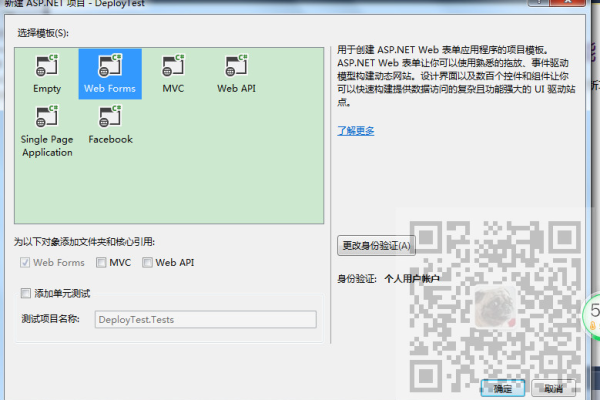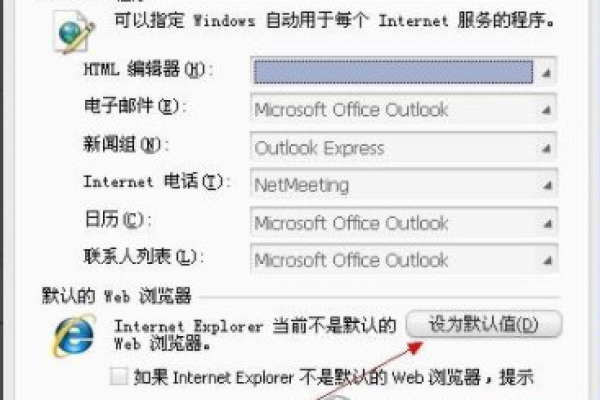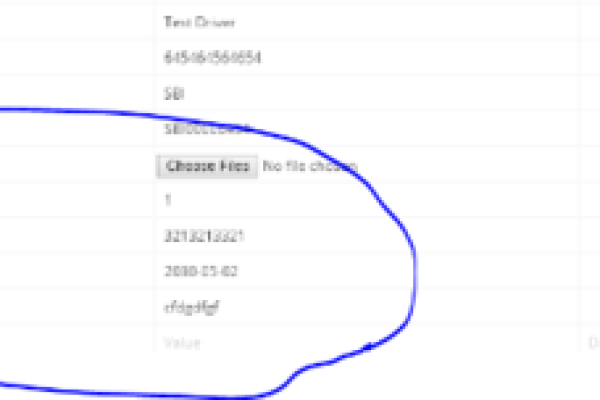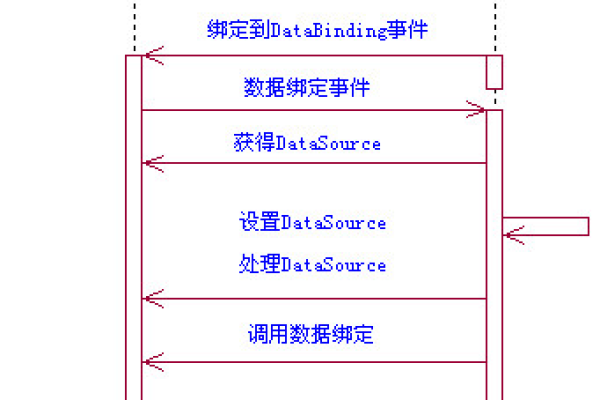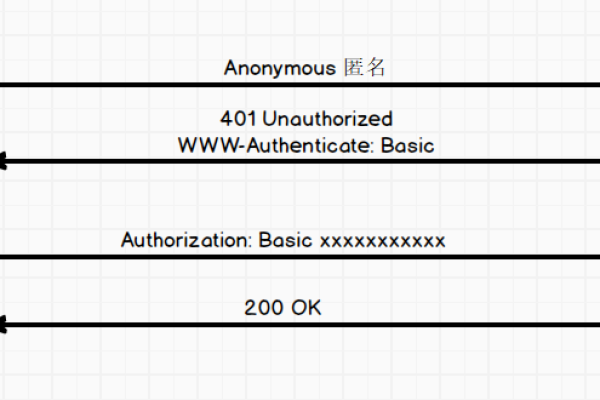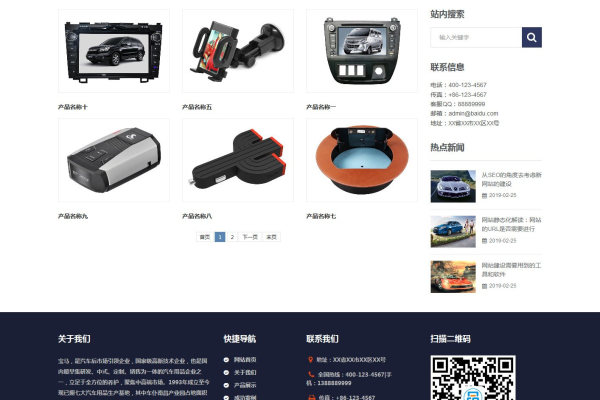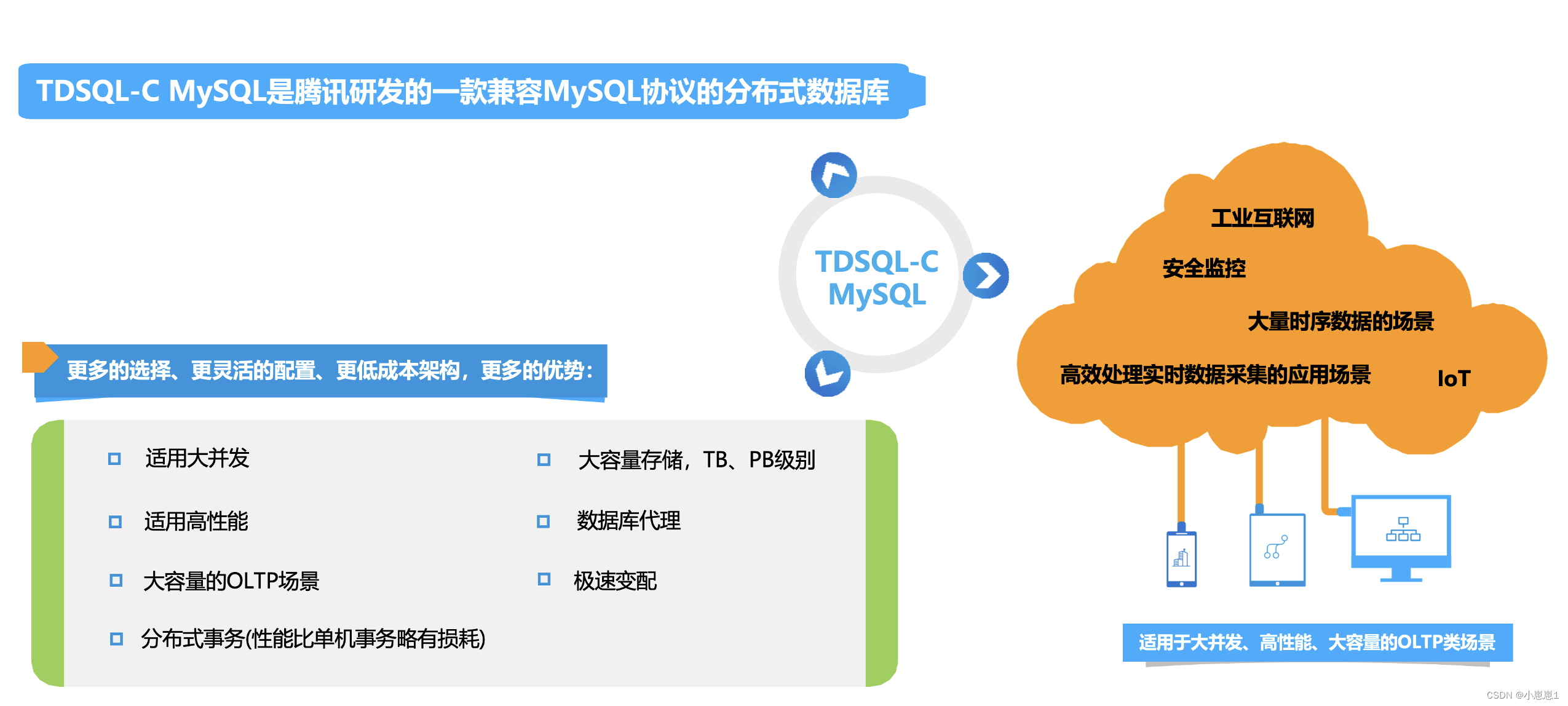ASP.NET如何实现通过反射、泛型与静态方法快速映射表单数据至Model?
- 行业动态
- 2025-03-08
- 5
“
csharp,public static T GetFormValue(this HttpContext context, string key) =>, (T)Convert.ChangeType(context.Request.Form[key], typeof(T));,“
在ASP.NET中,我们可以利用反射、泛型和静态方法来快速获取表单值并将其绑定到Model,这种方法可以大大简化代码,提高开发效率,下面是一个详细的实现步骤:
创建Model类
我们需要定义一个Model类,用于存储表单数据,我们有一个用户注册表单,可以创建一个UserModel类:
public class UserModel
{
public string Username { get; set; }
public string Password { get; set; }
public string Email { get; set; }
}
创建静态方法
我们创建一个静态方法,该方法使用反射和泛型来将表单值绑定到Model对象,这个方法将接收一个NameValueCollection(表示表单数据)和一个Model类型的实例。

using System;
using System.Collections.Generic;
using System.Collections.Specialized;
using System.Linq;
using System.Reflection;
public static class FormHelper
{
public static void BindFormToModel<T>(this NameValueCollection form, T model) where T : class, new()
{
Type modelType = typeof(T);
foreach (var property in modelType.GetProperties())
{
string formValue = form[property.Name];
if (!string.IsNullOrEmpty(formValue))
{
if (property.PropertyType == typeof(string))
{
property.SetValue(model, formValue, null);
}
else if (property.PropertyType == typeof(int))
{
int intValue;
if (int.TryParse(formValue, out intValue))
{
property.SetValue(model, intValue, null);
}
}
// 可以根据需要添加更多类型处理
}
}
}
}
在控制器中使用该方法
在控制器中,我们可以使用这个静态方法来将请求的表单数据绑定到Model对象,在一个用户注册控制器中:
public class RegisterController : Controller
{
[HttpPost]
public ActionResult Register(NameValueCollection form)
{
var userModel = new UserModel();
FormHelper.BindFormToModel(form, userModel);
// 进行验证或其他操作
if (ModelState.IsValid)
{
// 保存用户信息到数据库等操作
return RedirectToAction("Success");
}
return View(userModel);
}
}
视图部分
在视图中,我们创建一个表单,提交到Register方法:
@model YourNamespace.Models.UserModel
@using (Html.BeginForm("Register", "Register", FormMethod.Post))
{
@Html.LabelFor(m => m.Username)
@Html.EditorFor(m => m.Username)
<br />
@Html.LabelFor(m => m.Password)
@Html.EditorFor(m => m.Password)
<br />
@Html.LabelFor(m => m.Email)
@Html.EditorFor(m => m.Email)
<br />
<input type="submit" value="Register" />
}
运行结果
当用户提交表单时,表单数据将被自动绑定到UserModel实例,并可以进行后续的处理,如验证和保存到数据库。

FAQs
Q1: 如果表单中的字段名与Model中的字段名不一致怎么办?
A1: 你可以通过在BindFormToModel方法中添加一个映射字典来解决,可以在方法参数中添加一个字典,将表单字段名映射到Model属性名,然后在循环中根据映射字典进行匹配和赋值。
Q2: 如何处理复杂类型的属性,比如列表或字典?

A2: 对于复杂类型的属性,你可以在BindFormToModel方法中添加相应的处理逻辑,如果属性是列表类型,可以将表单中的多个值解析为列表并赋值给该属性,同样地,对于字典类型,可以将键值对解析为字典并赋值。

